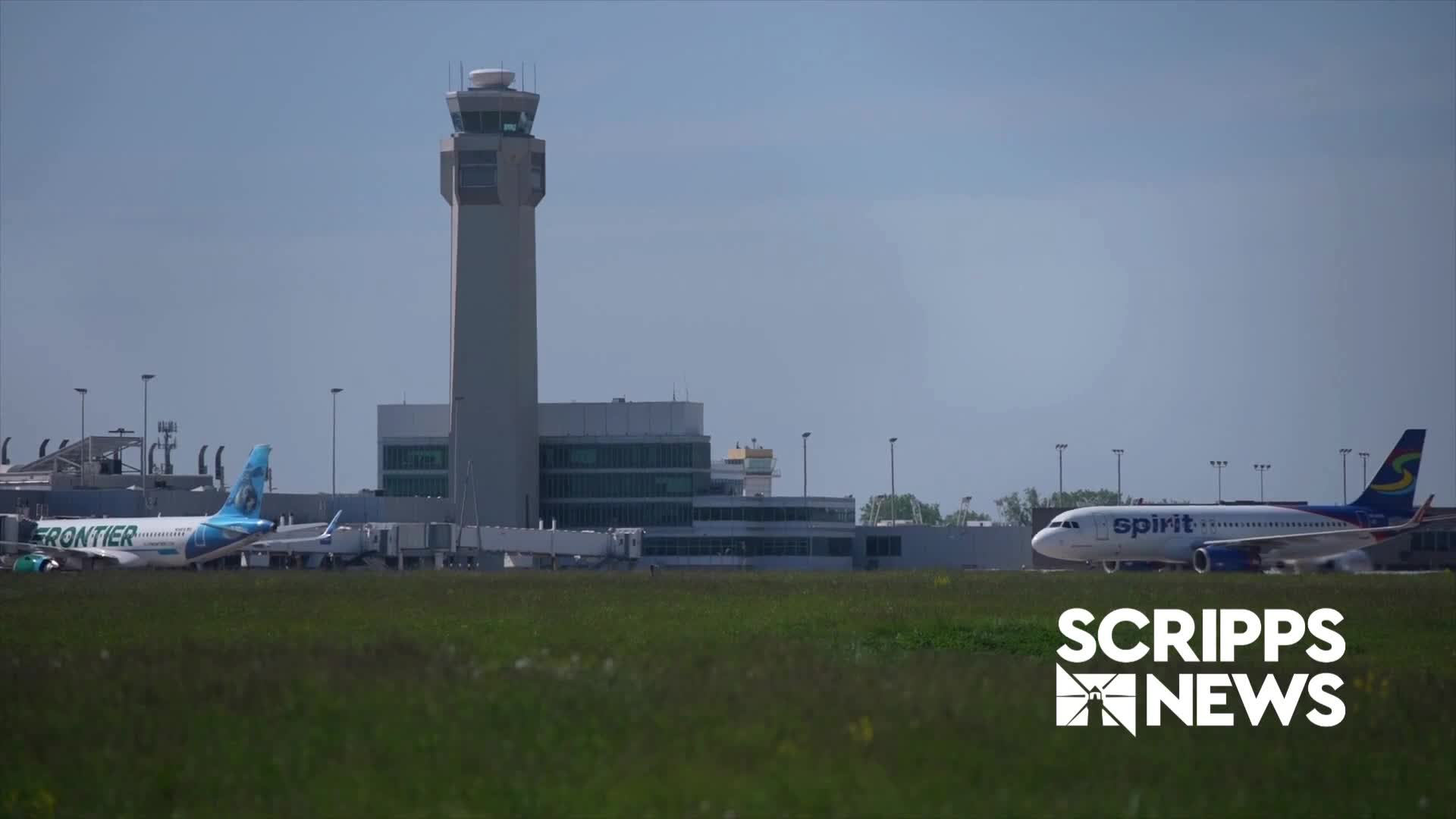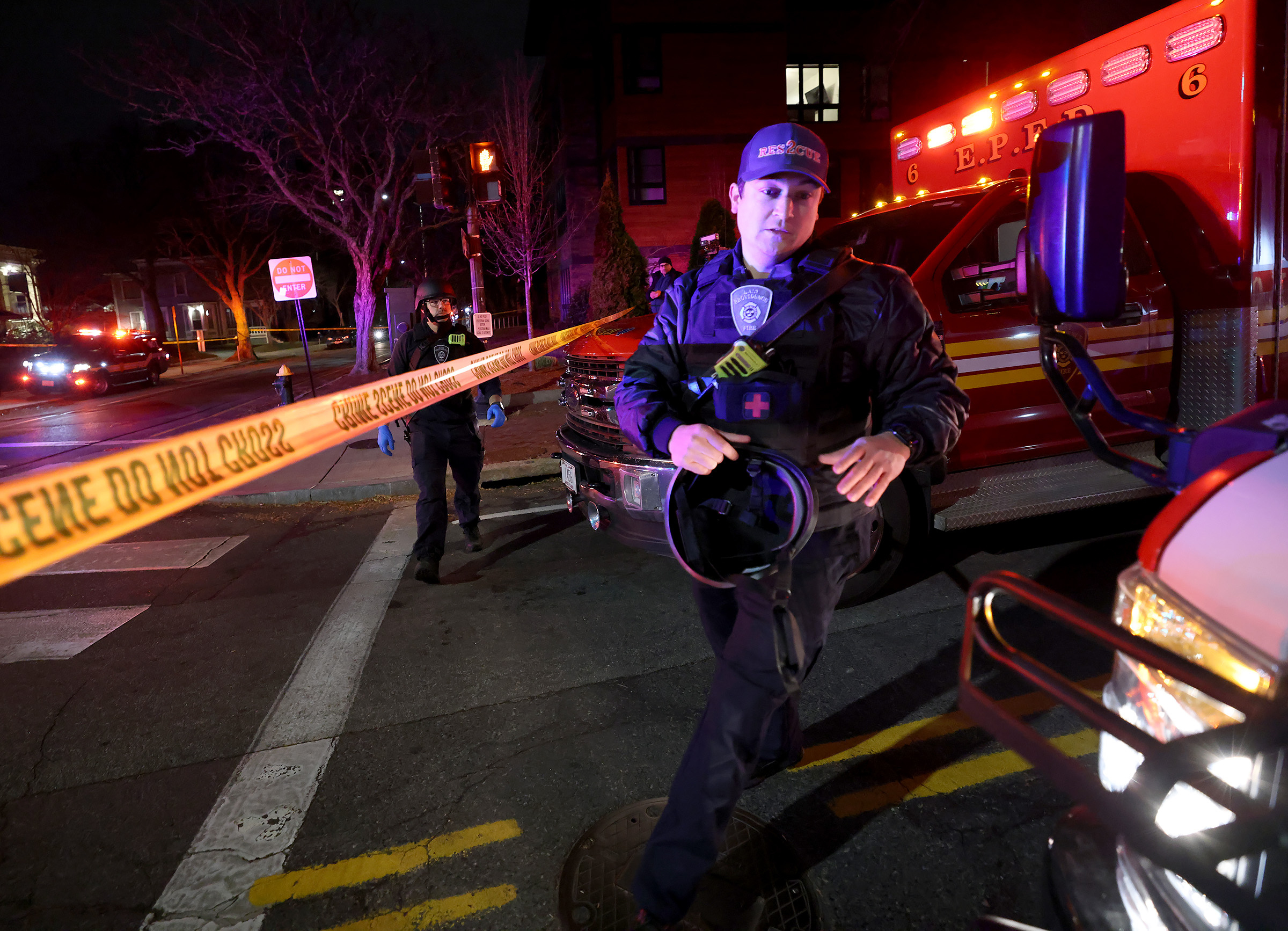Air travel can often be exhausting, compounded by long security lines and weather delays. While lawmakers may have limited control over the weather, they can take action to enhance airline safety, especially following a series of recent tragedies.
In January, a midair collision in Washington, D.C., claimed the lives of 67 people. Just two days later, another crash in Philadelphia resulted in seven fatalities. In June, Northeast Ohio experienced another devastating incident where six lives were lost shortly after takeoff.
These incidents are part of a broader trend, with a recent crash in India tragically taking nearly 300 lives. As a result, 2025 is on track to be one of the deadliest years for air travel globally.
Jim Coon, vice president of the Aircraft Owners and Pilots Association, emphasizes the importance of maintaining perspective on aviation safety.
"Flying is safe whether it is in small airplanes or large commercial airlines," he stated.
RELATED STORY | Flyers are more nervous about air travel, but experts say it remains safe
Despite the risks, aviation remains statistically safer than driving. However, Coon acknowledges that there is room for improvement. He points to President Donald Trump’s recently signed legislation—referred to as the "one big, beautiful bill"—which allocates over $12 billion to modernize aviation systems.
But the question remains: what does $12 billion actually buy, and is it sufficient to enhance our air safety systems?
"It's certainly a step in the right direction," Coon noted, adding that some estimates suggest a comprehensive upgrade could cost around $30 billion. "The technology we have out there today, it works, but it's old."
In addition to new technology, there are other critical safety considerations. The National Transportation Safety Board (NTSB) is holding a three-day meeting this week, where the focus will include whether staffing shortages impacted the January D.C. plane crash.
"Yes we do [have an air traffic controller shortage]," Coon confirmed. "And it's probably going to take two to three years before we get back to where we need to."
BEHIND THE SCENES | Air traffic control school: A look inside the FAA's largest training class
On Tuesday, Senator Ted Cruz convened with national transportation leaders to unveil further plans aimed at reforming air travel, including legislation mandating better aircraft tracking technology to prevent collisions.
"This technology allows aircraft to broadcast their positions and to receive positions of others in real time," Cruz emphasized.
Aviation experts who spoke with the Scripps News Group indicated that improvements to airport infrastructure, such as better runways and more efficient airspace utilization, are under consideration by stakeholders to ensure that the 45,000 daily flights in the U.S. operate safely.
This story was initially reported by a journalist and has been converted to this platform with the assistance of AI. Our editorial team verifies all reporting on all platforms for fairness and accuracy.












